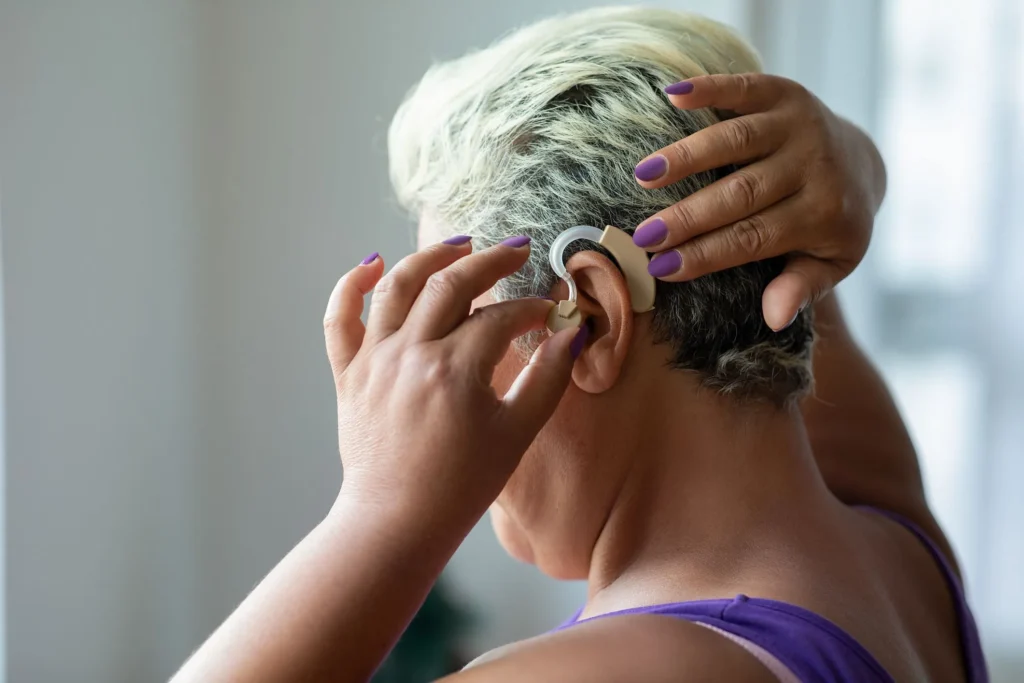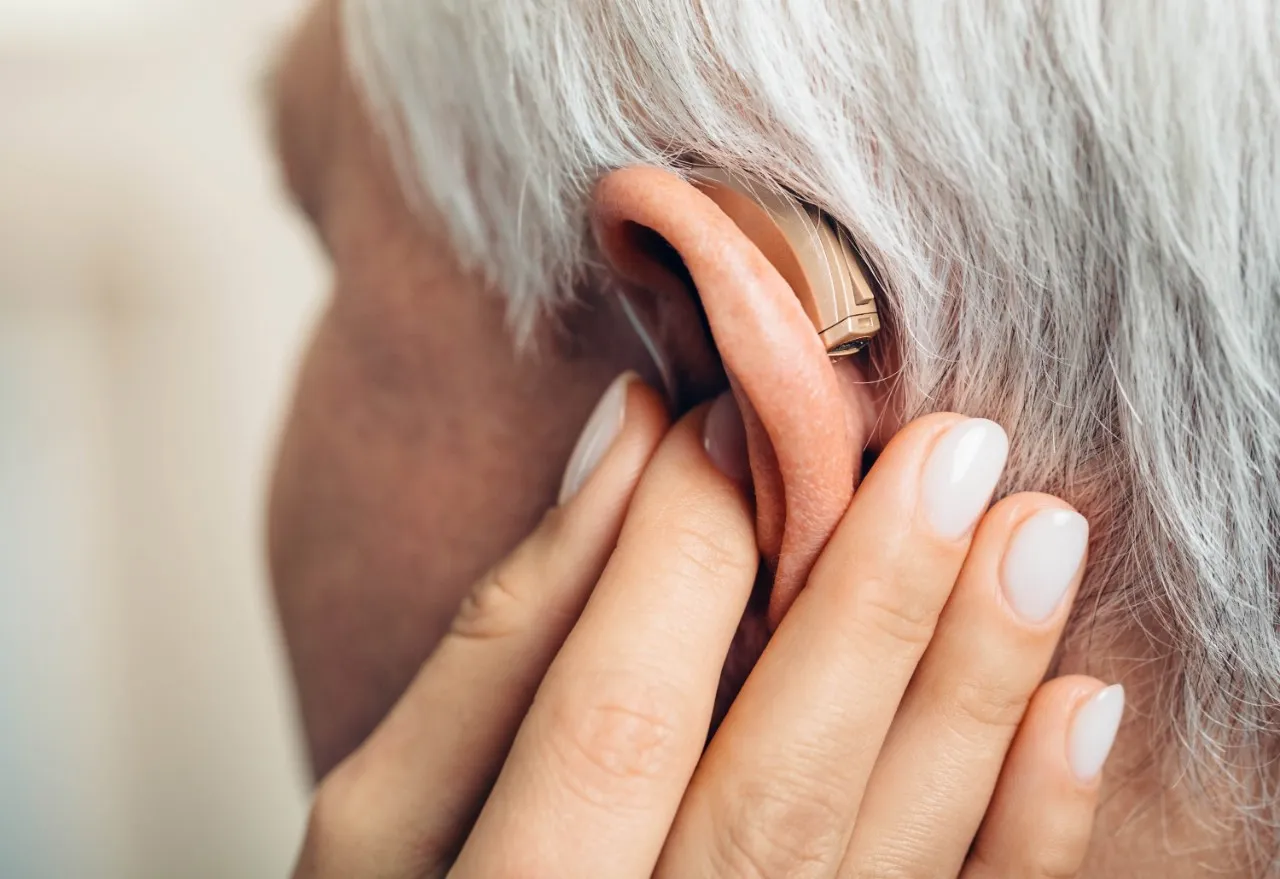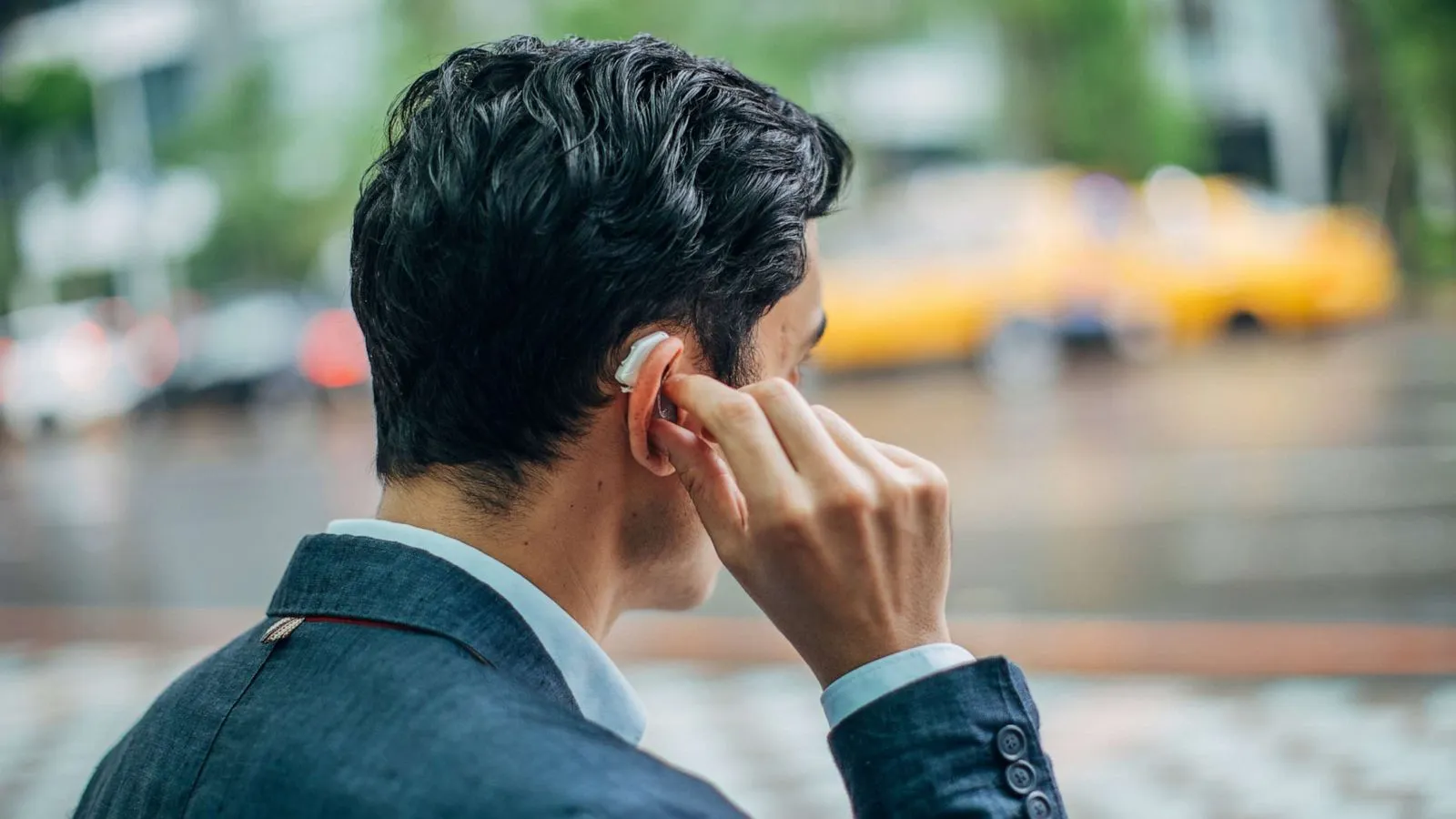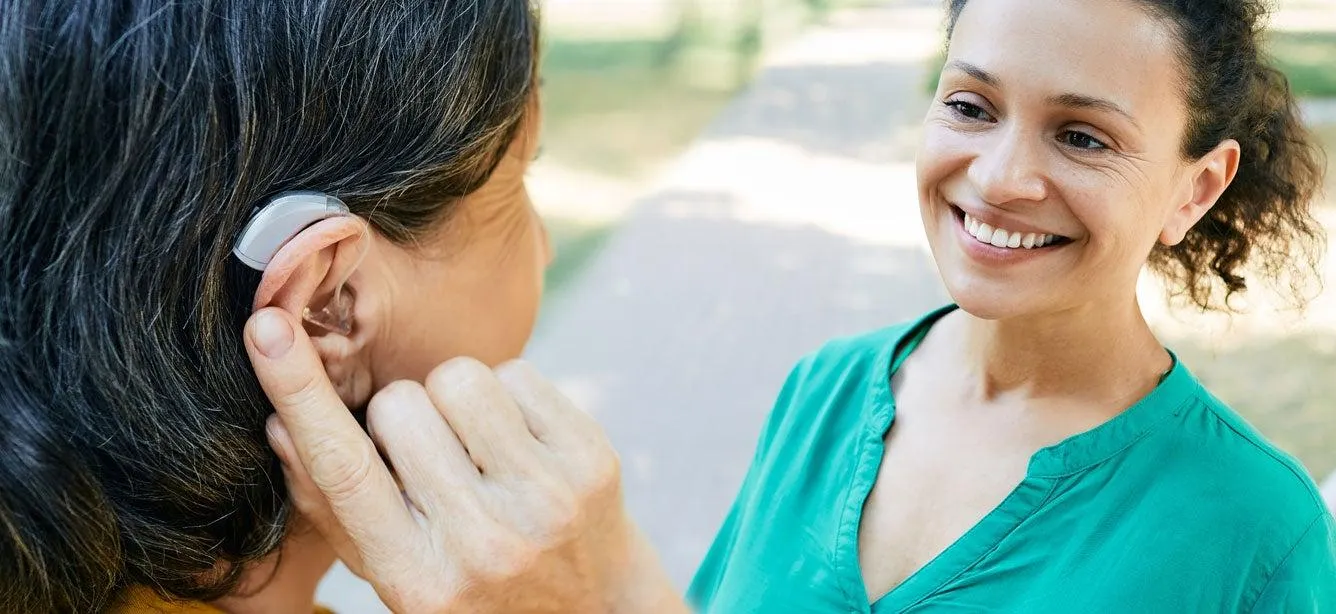
For countless older adults, the routine use of hearing aids is marred not only by technical difficulties but also by physical limitations that make these essential devices less than user-friendly. The poignant story of a 94-year-old man’s struggle to communicate effectively, despite his hearing aids, sheds light on a widespread issue that demands attention.
Hearing loss is profoundly pervasive among the elderly, with a staggering 90% of those aged 85 and older experiencing significant impairments. However, despite the availability of hearing aids, only a mere 29% of those suffering from hearing loss are utilizing these devices. This underutilization raises critical questions about accessibility, affordability, and design suitability for the aging population.

Economic Barriers and Stigma: Why Seniors Forego Hearing Aids
The high cost of hearing aids is a formidable barrier. With prices ranging from nearly $1,000 for basic over-the-counter models to upwards of $6,000 for prescription devices, many seniors are priced out of the hearing aid market, particularly as Medicare does not cover these expenses. Additionally, there is often a deep-seated stigma associated with hearing aids, as many seniors equate them with aging and loss of independence, further deterring their use.
Nicholas Reed, an assistant professor of epidemiology at Johns Hopkins, highlights the lack of comprehensive data on this issue, underscoring the need for further research and better awareness of the challenges faced by seniors with hearing impairments.
Innovations in Design: Making Hearing Aids More Senior-Friendly
Experts suggest that redesigning hearing aids to cater to the specific needs of older adults could significantly improve usability. Barbara Weinstein, a professor of audiology, criticizes the current trend towards smaller, more technologically complex devices, which do not align with the needs of the elderly population, who may struggle with fine motor skills, vision impairments, and cognitive challenges.

Lindsay Creed, associate director of audiology practices, advocates for larger, behind-the-ear models with customized molds that are easier for seniors to handle. Additionally, alternatives like remote controls and smartphone apps for adjusting settings can provide practical solutions for those comfortable with digital technology.
Comprehensive Support: The Importance of Continuous Wear and Professional Advice
The necessity of wearing hearing aids consistently, even in quiet settings, is emphasized by audiology professionals. Erika Shakespeare, owner of a hearing aid practice, explains that regular auditory stimulation is crucial for optimal hearing functionality. She advises seniors to keep their hearing aids on throughout their waking hours to ensure their brains adequately process background sounds.
Seeking professional advice is also vital. Virginia Ramachandran, head of audiology at Oticon, encourages open discussions about the challenges of using hearing aids. She stresses the importance of consulting with specialists who can tailor advice and solutions to individual needs, enhancing the overall effectiveness of hearing aids.

The struggles of seniors with hearing aids highlight a critical need for more accessible, affordable, and appropriate solutions. As the population ages, it becomes increasingly important to address these issues head-on, ensuring that older adults can maintain their independence and quality of life through better hearing. The collaboration of manufacturers, health professionals, and policymakers can pave the way for innovations that meet the real-world needs of the elderly, transforming the experience of those who rely on hearing aids daily.
